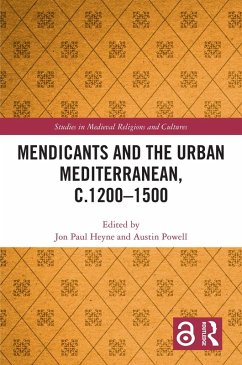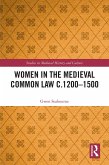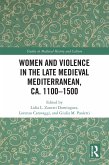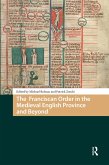In addressing these questions, the volume expands our understanding of the mendicants by offering chapters that examine this religious movement within urban environments from the Iberian Peninsula, North Africa, Southern France, and Italy, to the Dalmatian Coast, Aegean Islands, Egypt, and the Levant. The chapters treat a wide array of textual, artistic, and architectural sources to consider how mendicants navigated and negotiated the unique social dynamics of Mediterranean cities in their interactions with political potentates, merchants, prisoners, pilgrims, religious and intellectual elites, non-Christians, and inhabitants of the surrounding countryside. It thus offers an interdisciplinary and broad survey of mendicancy as a social-religious phenomenon of the urban Mediterranean, demonstrating that these communities can be defined by much more than their traditionally accepted roles as beggars, preachers, and teachers.
Mendicants and the Urban Mediterranean, c.1200-1500 will be of interest to scholars and students across multiple disciplines engaged in questions about medieval mendicancy, gender, urban society, inter-religious encounters, and the Mediterranean.
Dieser Download kann aus rechtlichen Gründen nur mit Rechnungsadresse in A, B, BG, CY, CZ, D, DK, EW, E, FIN, F, GR, HR, H, IRL, I, LT, L, LR, M, NL, PL, P, R, S, SLO, SK ausgeliefert werden.









